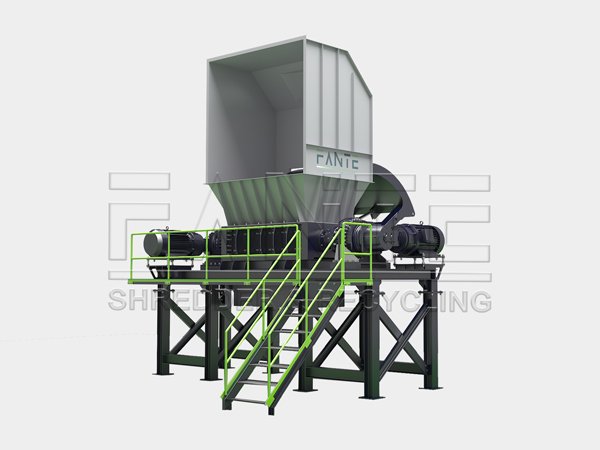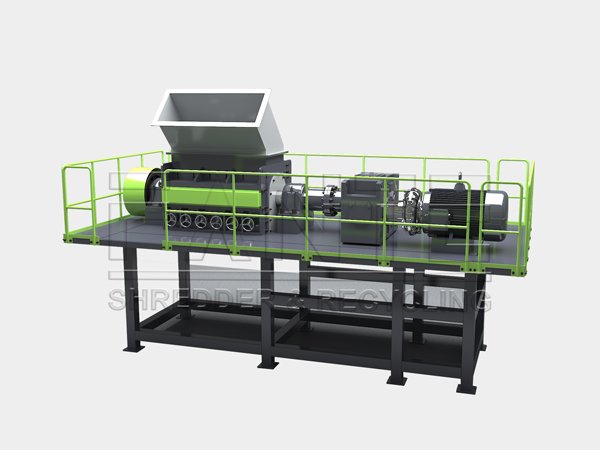
Intelligent tire recycling system - green recycling and efficient utilization
SOLUTION BACKGROUND
With the rapid development of the automobile industry, the demand for tires is increasing. Tire production lines are key manufacturing processes used to produce all types of tires, from small automotive tires to large commercial vehicles and construction machinery tires. It includes a number of processes, such as molding, molding, vulcanization and testing. Efficient and precise production lines are the key to ensuring tire quality, increasing production and reducing costs. In this highly competitive market, the technology of the tire production line is constantly innovated to meet the growing global demand.
PROJECT INTRODUCTION
System Introduction
Tire Recycling System efficiently processes waste tires into valuable materials like rubber granules, steel wire, and alternative fuel (TDF). Featuring multi-stage shredding, automated separation, and energy-efficient design, it ensures high output, minimal waste, and sustainable resource utilization for various applications.
APPLICABLE MATERIALS
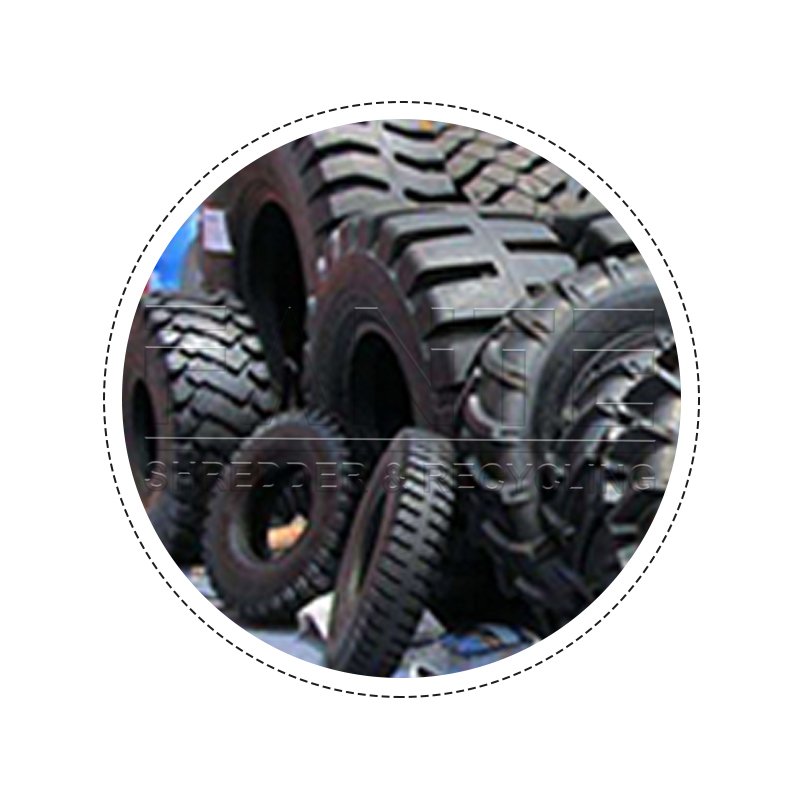
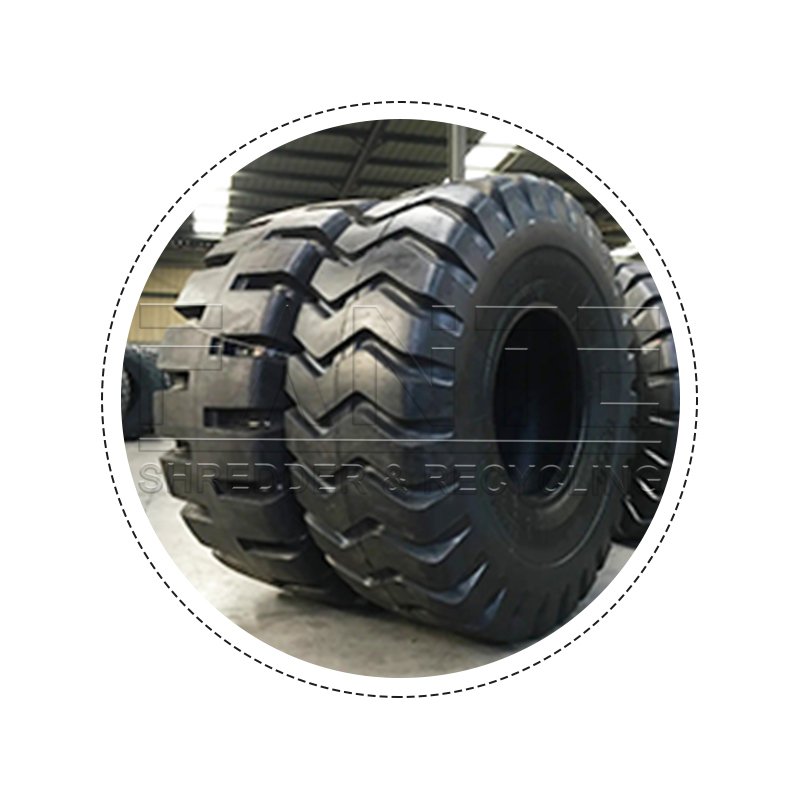
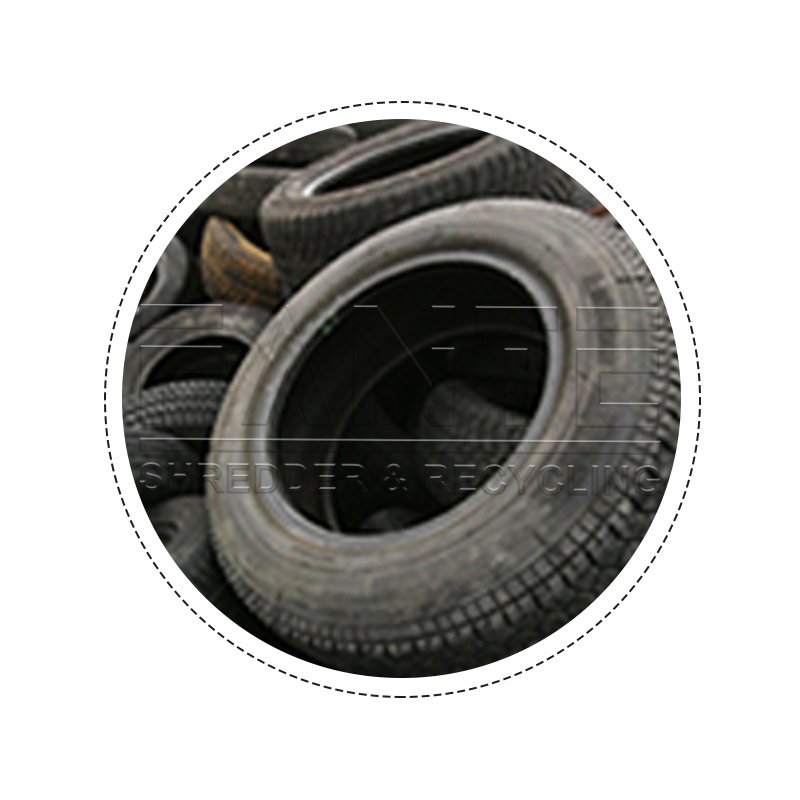
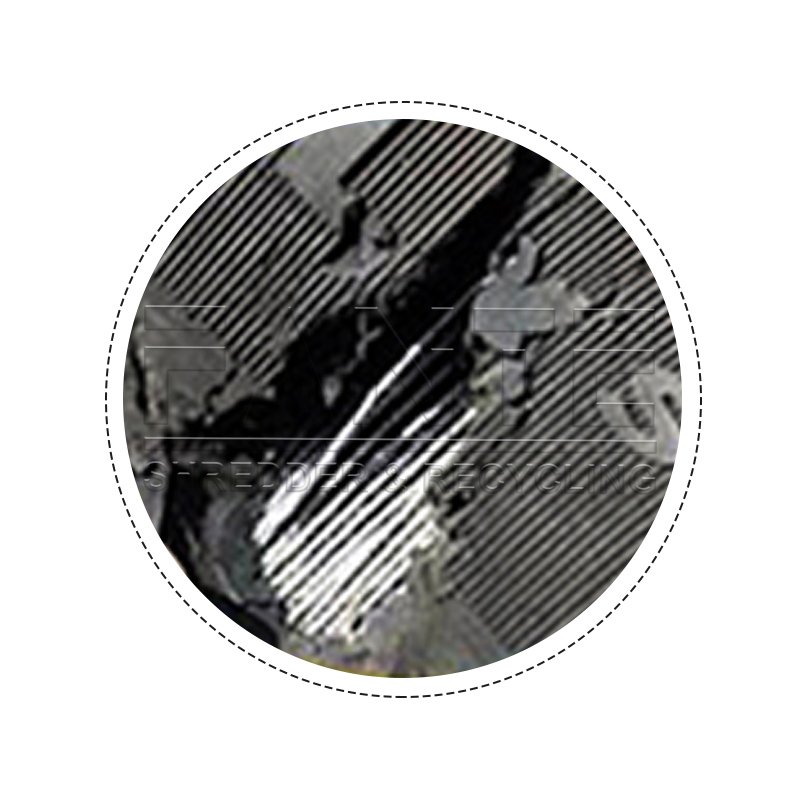
OUTPUT MATERIAL
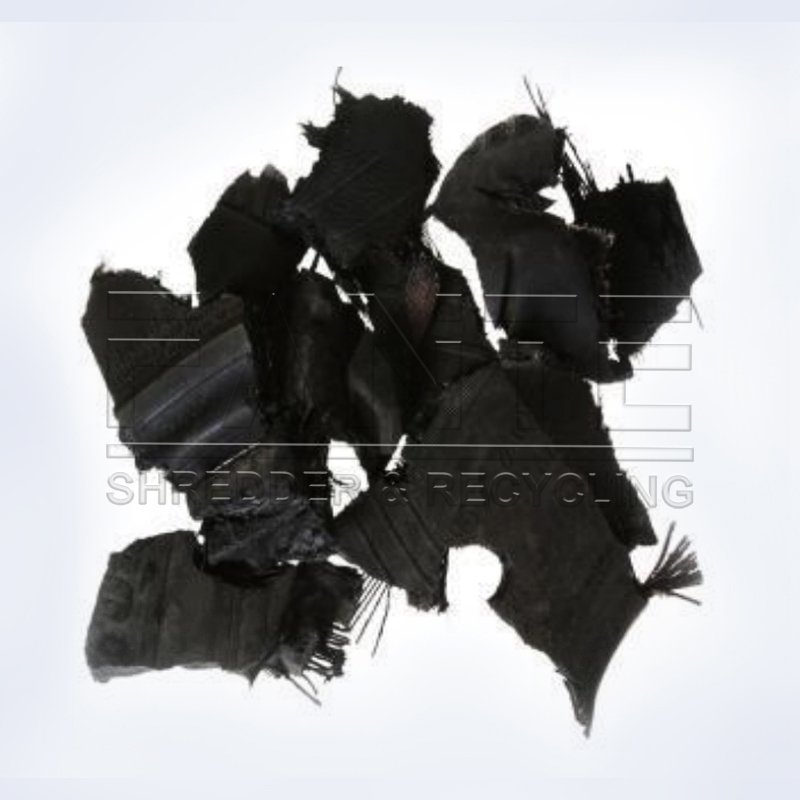
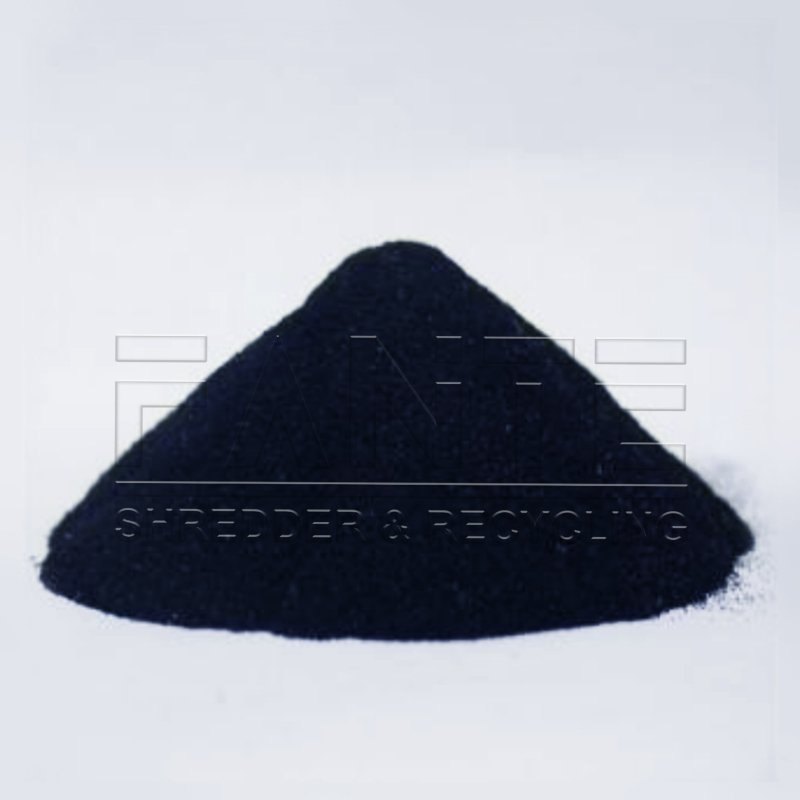
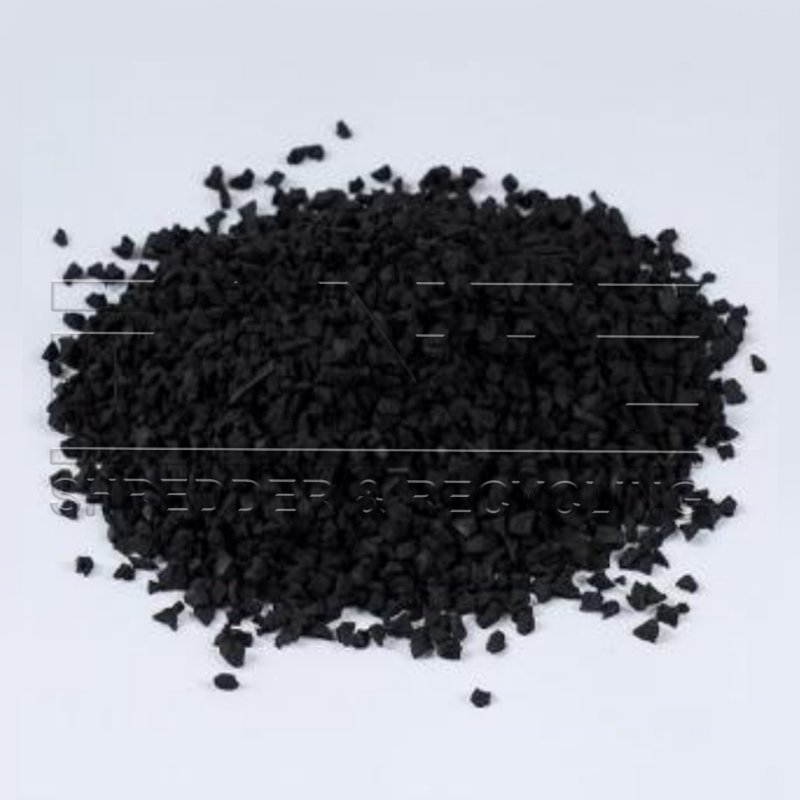
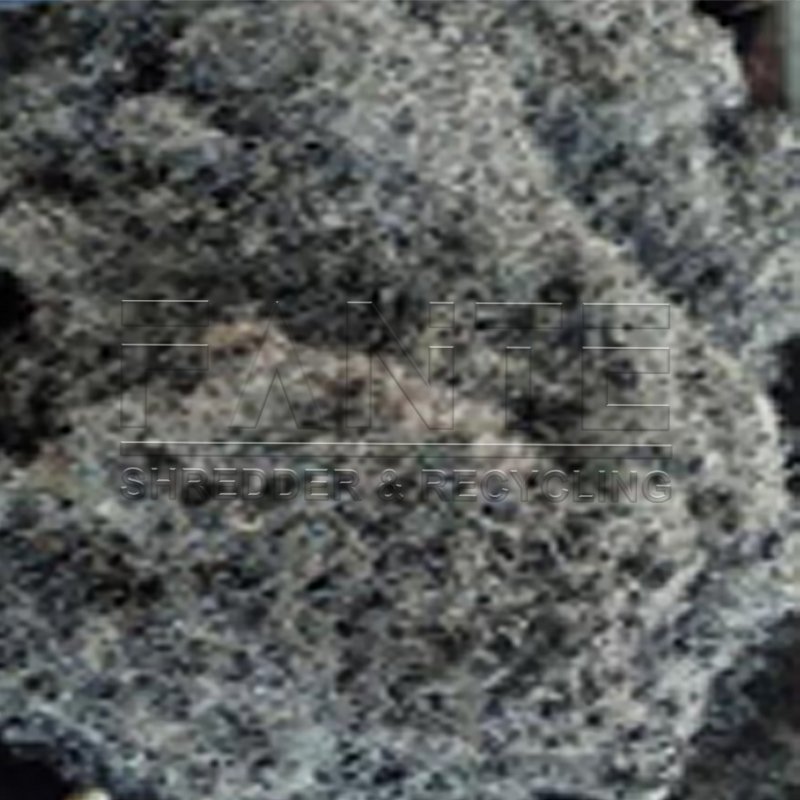
DISPOSAL SOLUTION
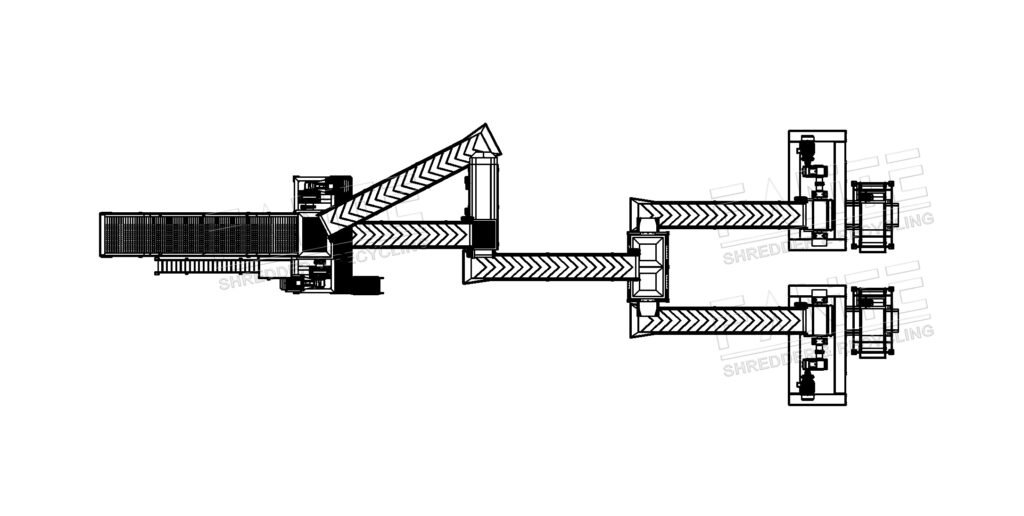
MAIN EQUIPMENTS
Shredder is the ultimate solution for efficient material reduction, suitable for various applications. Get top-quality shredding performance.
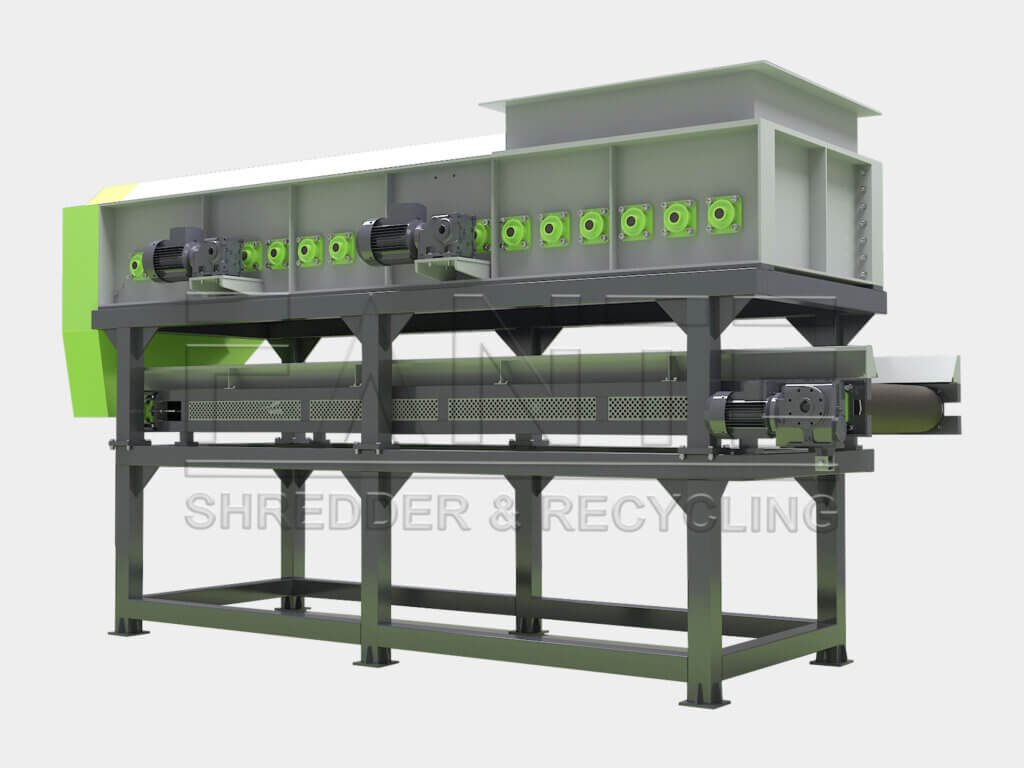
Disc Screen
Designed for tire recycling, it shreds efficiently, aiding in eco-friendly disposal and resource recovery.
Our advanced solution for efficient material size reduction and recycling. Tailored for various applications, it optimizes waste processing.
PERFORMANCE ADVANTAGE
Tire Shredder is a versatile machine specifically designed to process end-of-life tires into smaller, manageable pieces for recycling or further processing. Utilizing advanced cutting and shredding technologies, this system efficiently breaks down whole tires—including their rubber, steel wire, and fiber components—into uniform rubber chips or blocks. As a result, this equipment plays a vital role in tire recycling lines by enabling the efficient reduction of waste tires. This primary shredding stage is crucial for subsequent steps, such as steel separation, granulation, and fine rubber powder production. Furthermore, the shredded rubber materials can be reused in various applications. For instance, they serve as a key raw material for rubber mulch, playground surfaces, and rubberized asphalt, thereby supporting a circular economy.
Rubber Crushing Machine is a specialized piece of equipment designed to process waste tires into fine rubber granules or powder for recycling and reuse. Utilizing high-speed crushing technology, it efficiently reduces rubber fragments into uniform particles. As a key component in tire recycling lines, this machine enables the production of high-quality rubber powder. Consequently, this powder can be applied in the manufacturing of various value-added products, such as rubber mats, sports surfaces, and rubber-modified asphalt. Moreover, the machine is engineered for precision, efficiency, and durability, thereby ensuring stable performance even under continuous operation.
Rasper is an essential piece of equipment in waste tire recycling lines, designed to process shredded tire materials into smaller, uniform particles. Through its robust grinding and cutting mechanisms, the rasper effectively separates rubber from steel and fiber components, preparing the materials for further refinement. This versatile machine ensures efficient size reduction, making it an integral part of recycling processes aimed at converting waste tires into valuable resources like rubber granules and steel wire. Its durability and adaptability make it suitable for handling the tough demands of tire recycling, contributing to sustainable waste management solutions.
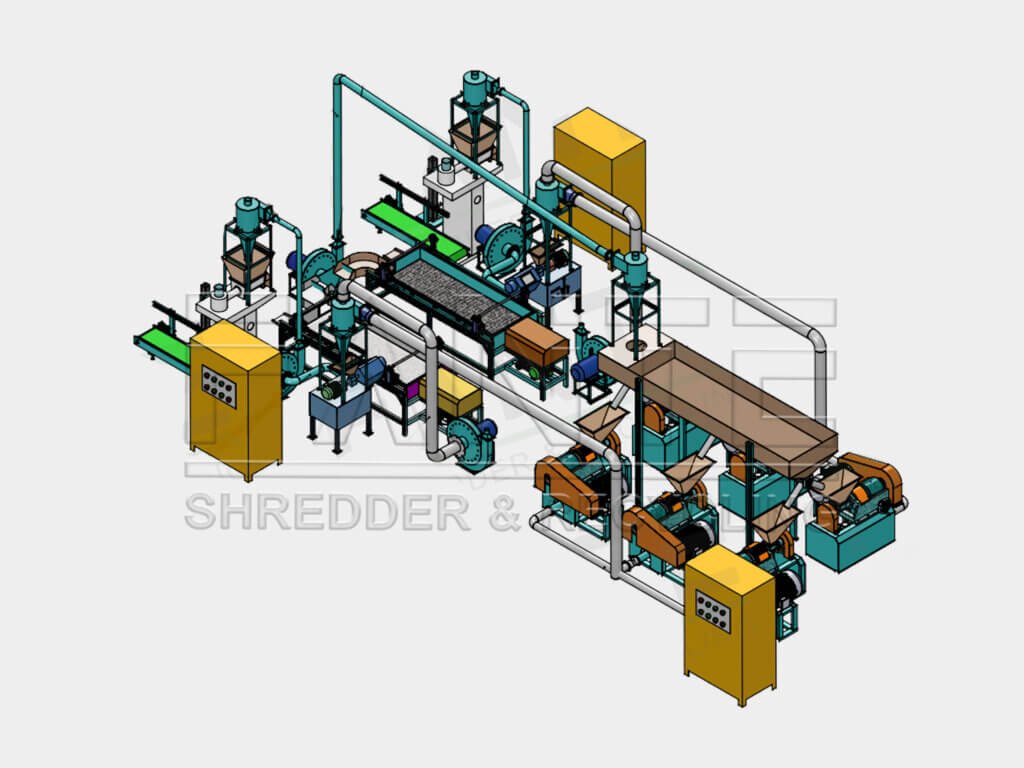
Miller
The Miller is an essential piece of equipment in the tire recycling process, specifically designed to grind rubber granules into ultra-fine rubber powder for high-value applications. By utilizing precision milling technology, this machine efficiently processes pre-crushed rubber materials, thereby achieving consistent particle sizes typically ranging from 30 to 100 mesh. As a key component in tire recycling lines, the Tire Miller effectively transforms waste tires into fine rubber powder. This transformation not only supports waste reduction and resource recovery but also promotes sustainable manufacturing practices. Furthermore, its efficient operation significantly contributes to broader environmental protection goals and actively advances the circular economy.

